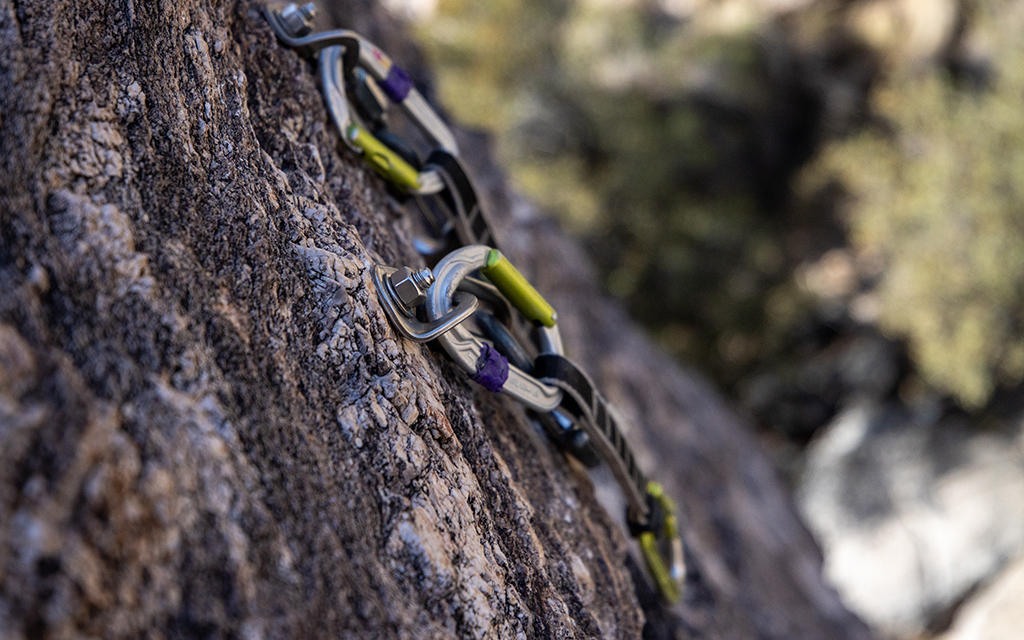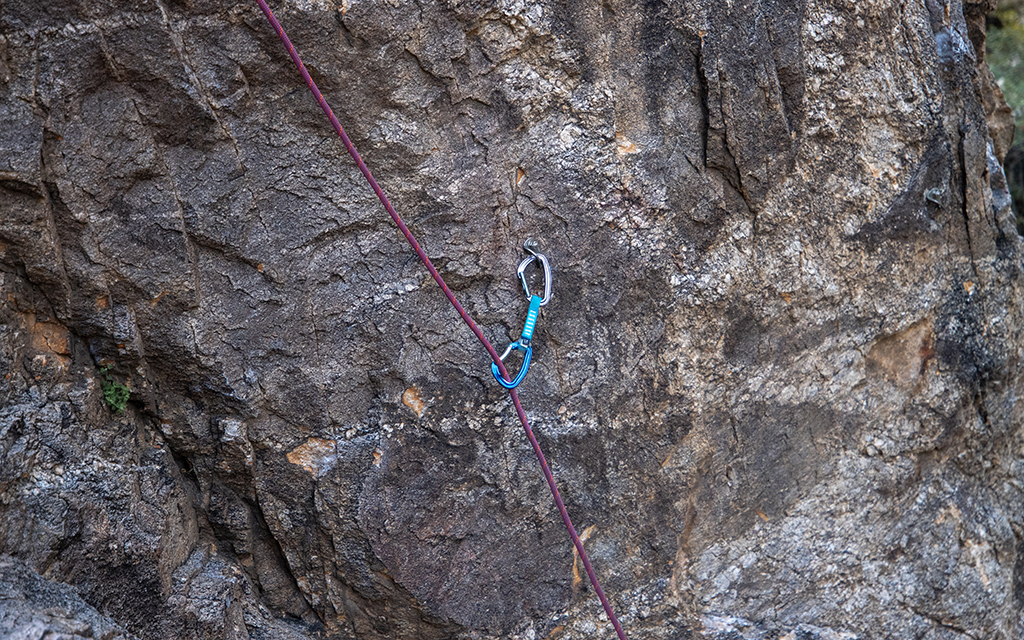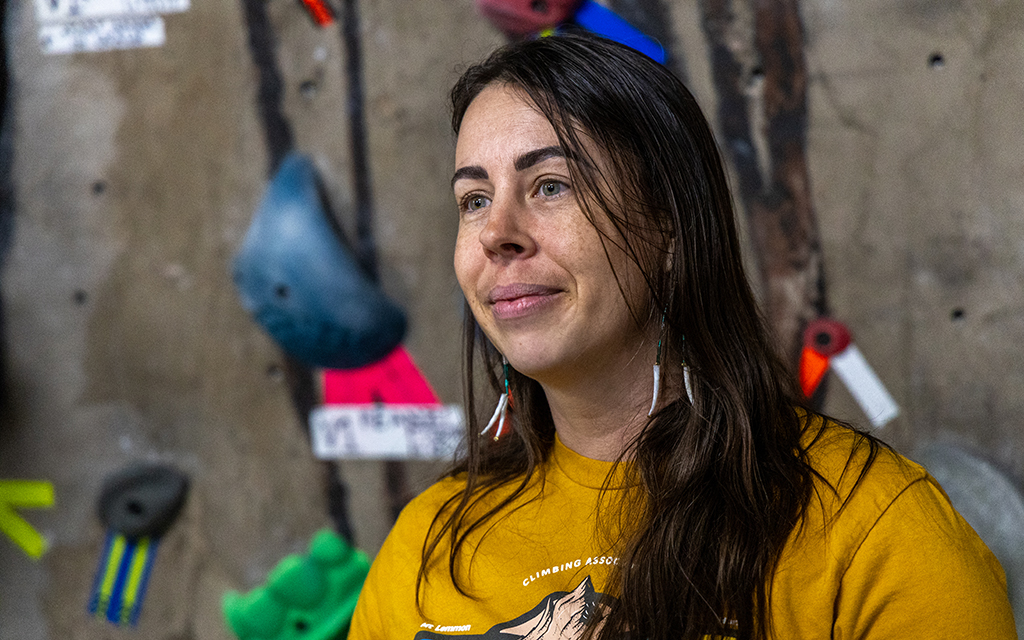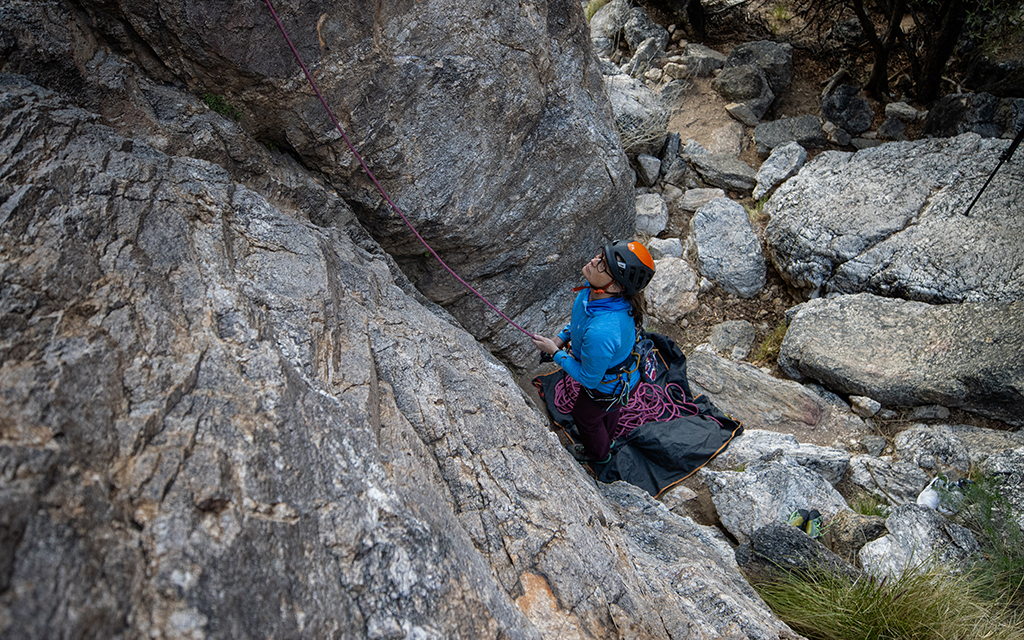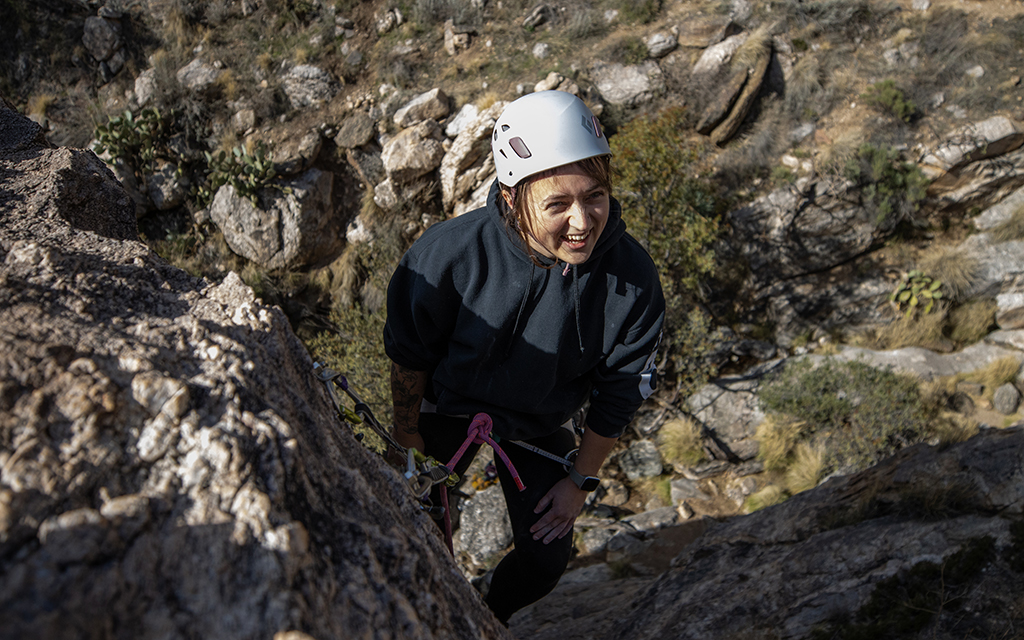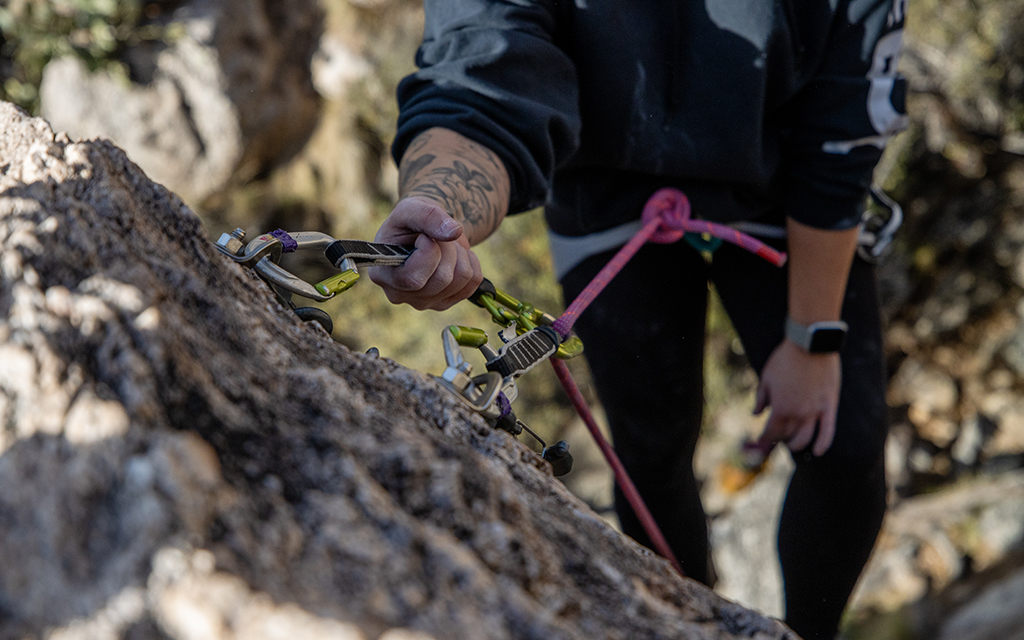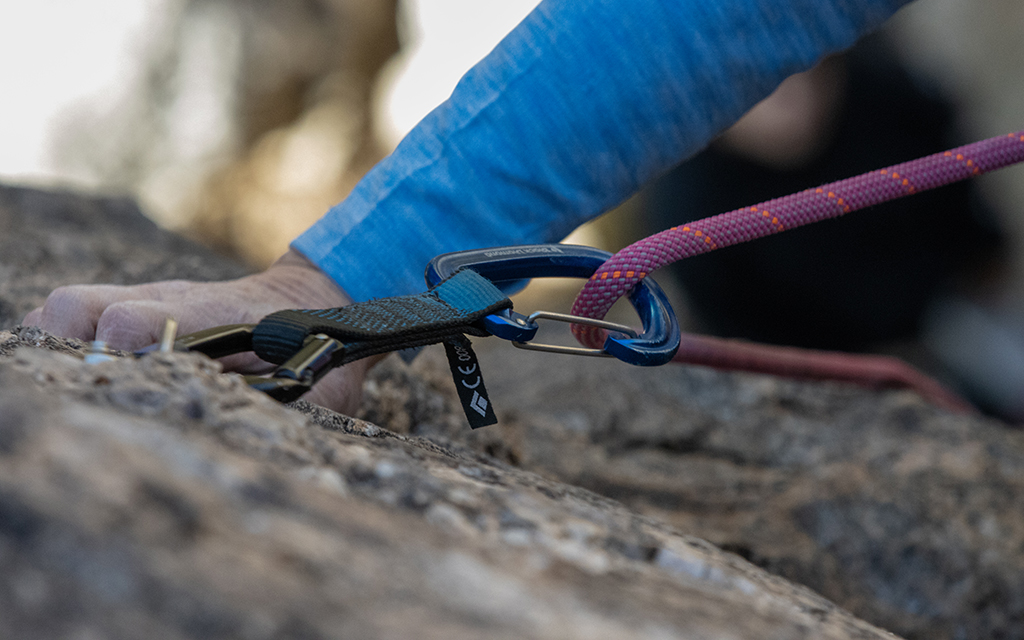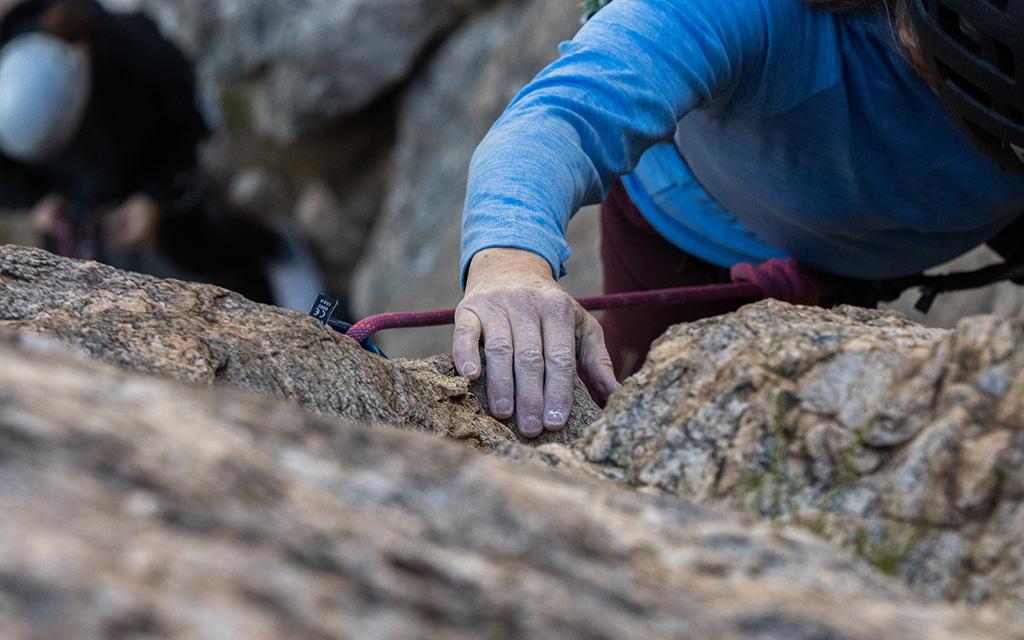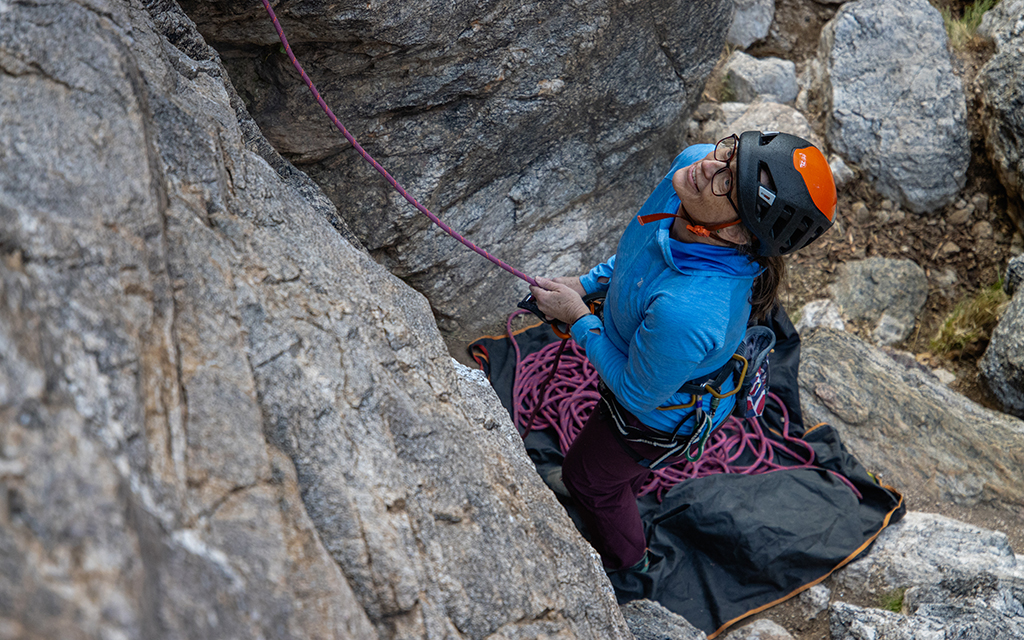Arizona rock climbers speak out against National Park Service, U.S. Forest Service proposal to restrict anchors
Arizona rock climbers speak out against National Park Service, U.S. Forest Service proposal to restrict anchors
The National Park Service and the U.S. Forest Service drafted policy in November that could prohibit climbing anchors in wilderness areas around the country. The Climbing Association of Southern Arizona is one of several climbing organizations speaking out against the proposals, saying that they would discourage and endanger climbers.

Climber Nicki Manzanares starts to rappel down a cliffside on Mount Lemmon near Tucson on Jan. 29, 2024. (Photo by Emily Mai/Cronkite News)



